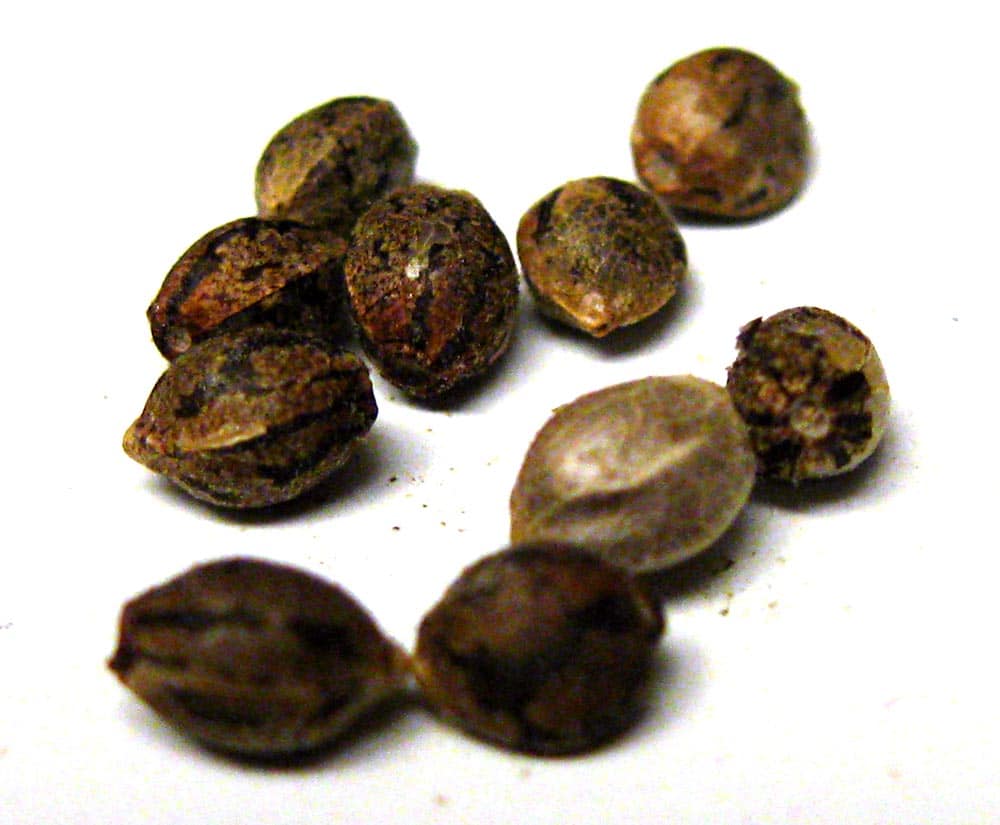

The earth of cannabis cultivation is a intriguing realm where science, art, and passion converge. As fans and growers search for to push the boundaries of what the cannabis plant can provide, crossbreeding has emerged as a impressive software to produce distinctive and powerful strains. In read this , we will delve into the intricacies of crossbreeding, comprehension the science driving it, the artwork of assortment, and the ultimate purpose of crafting unique hashish seeds.
The Science of Crossbreeding
At its main, crossbreeding entails the deliberate mating of two unique cannabis vegetation with appealing characteristics to deliver offspring that inherit the best characteristics from each individual father or mother. The fundamental genetic ideas ascertain the outcome, earning it a science as much as an artwork.
Cannabis plants have two sets of chromosomes, and each individual parent contributes one set. This genetic exchange all through fertilization prospects to the generation of a one of a kind genetic profile for the offspring. Understanding dominant and recessive characteristics is vital in predicting the expression of specific features in the ensuing crops.
Breeding for Distinct Qualities
The journey of making a distinctive cannabis pressure commences with a clear vision of the preferred characteristics. Whether or not it really is improved efficiency, exceptional flavors, or distinct medicinal properties, breeders meticulously find father or mother plants with these characteristics. These features might be influenced by cannabinoids, terpenes, or other biochemical compounds.
For illustration, a breeder aiming for a pressure with significant THC information could decide on dad or mum crops acknowledged for their potent psychoactive consequences. On the other hand, individuals in search of therapeutic characteristics may well aim on CBD-loaded varieties. The mix of traits calls for a eager being familiar with of the plant’s genetic makeup and the interactions involving various compounds.
Art of Variety
The artistry of crossbreeding lies in the meticulous choice of dad or mum vegetation. Breeders often operate with a palette of varied strains, just about every contributing distinctive aspects to the genetic blend. The aim is to produce a harmonious mix that accentuates the wished-for traits although keeping steadiness and vigor in the offspring.
Deciding on dad or mum plants consists of not only looking at the target traits but also evaluating variables like growth patterns, resistance to pests and disorders, and all round adaptability. By generations of cautious choice, breeders refine their creations, ensuring that each individual successive era retains and improves the desired characteristics.
Stabilization and Uniformity
Just one of the challenges in hashish crossbreeding is reaching stability and uniformity in the ensuing strains. Balance refers to the regularity of the genetic expression across different vegetation in a given pressure, whilst uniformity guarantees that every plant shares equivalent qualities.
To stabilize a pressure, breeders generally have interaction in backcrossing, a process that consists of mating the hybrid with just one of its guardian plants. This can help reinforce the desired attributes and removes undesirable variants. Via repeated backcrossing and collection, breeders generate stable and uniform strains that reliably show the supposed functions.
The Function of Terpenes

Though cannabinoids like THC and CBD typically consider the highlight, terpenes play a vital job in shaping the over-all practical experience of a cannabis pressure. These fragrant compounds contribute to the flavor and aroma of the plant, but they also interact with cannabinoids to generate an entourage effect, influencing the in general therapeutic and psychoactive consequences.
Crossbreeding lets breeders to check out and boost the terpene profiles of their strains, generating a symphony of aromas and flavors. By picking out father or mother crops with special terpene profiles, breeders can craft strains that present a sensory expertise past just cannabinoid content material.
Challenges and Moral Issues
Though the planet of hashish crossbreeding holds immense prospective, it is not with no issues and ethical concerns. The market’s demand for novelty strains can from time to time guide to hasty breeding methods, compromising security and genetic integrity. In addition, there are worries about the prospective influence on biodiversity and the atmosphere as genetically modified strains come to be far more prevalent.
Moral breeders prioritize transparency, sharing info about the genetic lineage and prospective risks associated with their creations. As the market evolves, it is necessary to strike a stability among innovation and dependable breeding practices to guarantee the extensive-term sustainability of cannabis cultivation.
Summary
In the ever-evolving landscape of hashish cultivation, crossbreeding stands as a dynamic and resourceful pressure. From the meticulous choice of dad or mum vegetation to the artful crafting of special strains, breeders navigate the intricate environment of genetics to unlock the whole prospective of the hashish plant.
As science and enthusiasm converge, the boundaries of what is feasible continue on to broaden. The journey of creating one of a kind hashish strains is a testomony to the determination and vision of breeders who find to force the plant’s prospective to new heights. In this exploration, we have only scratched the area of the intricacies concerned, leaving the doorway wide open for upcoming innovations and discoveries in the globe of hashish crossbreeding.